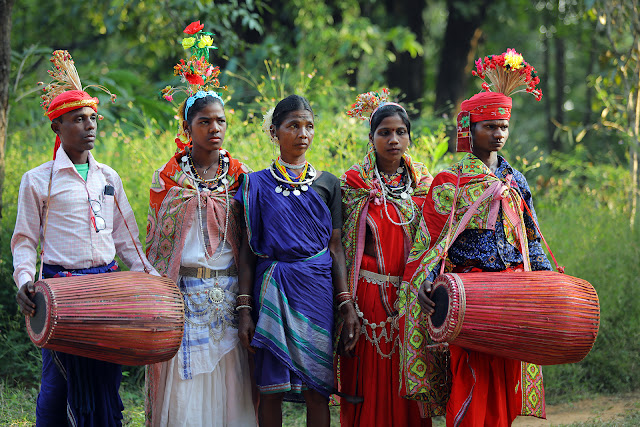The Abundant Nature of Kanha National Park

Water-grass at Tailing Dam in Kanha environs In the lists of the best national parks around the world, Kanha justifiably gets the top spot. A well-managed wildlife conservation programme, robust tourism and critical support from the local communities are key factors which ensure continued growth of Kanha National Park. Although most people come to Kanha to see the mighty Royal Bengal Tiger, a handful others are interested in the 'others' of the jungle - the many different types of birds and small animals and plants, all of which play critical roles within the ecosystem. However, that is not all. Today, I would like to tell our readers about the magnificent and lush countryside of Kanha, a phenomenon which in itself is worthy of sincere attention despite stiff competition from its close cousin - the protected jungle. Inhabited by tribal communities who live in beautiful houses, criss-crossed by wooded pugdundees and nourished by gently winding creeks, a journey throug...


